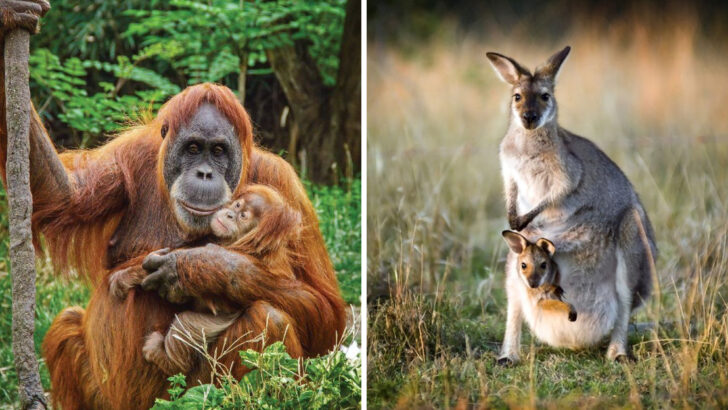In the wild, parenting isn’t always a team effort. Some animals take on the full responsibility of raising their young alone, facing the challenges of feeding, protecting, and teaching them without the help of a partner. Whether it’s a mom handling everything or a dad stepping up, these single parents show that survival often requires some serious dedication.
In this article, we’ll highlight 18 species that raise their babies solo. From the solitary efforts of sea otters to the fiercely independent approach of certain birds, these animals prove that parenthood in the wild is anything but ordinary. Their stories are a testament to the strength and resilience needed to raise the next generation in the harshest conditions.
Emperor Penguin
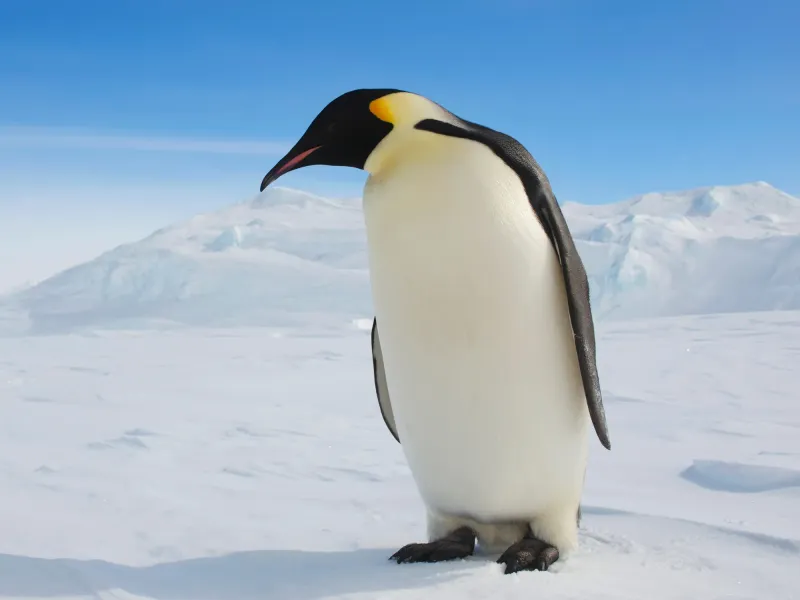
Emperor Penguins of Antarctica are known for their distinct breeding cycle. After the female lays an egg, she transfers it to the male, who keeps it warm by balancing it on his feet. While the mother feeds at sea, the father endures the harsh winter, fasting for months. His dedication ensures the chick’s survival. The moment the mother returns, she feeds the chick regurgitated food. Such commitment showcases the Emperor Penguin’s resilience. Despite the icy challenges, these remarkable birds exemplify nature’s ultimate dedication. Together, they thrive, showcasing a unique partnership in the animal kingdom.
Red Fox
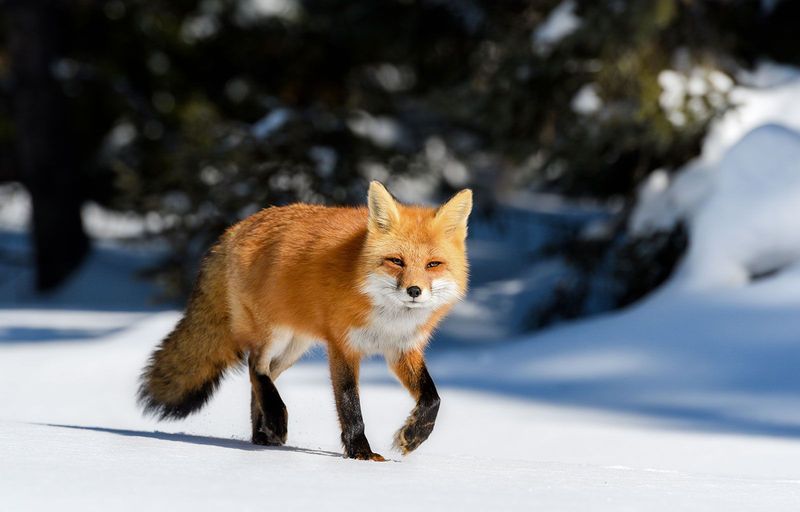
The Red Fox is a resourceful single parent. Female foxes, known as vixens, are primarily responsible for raising their kits. After birth, the mother remains in the den, providing warmth and protection. Her mate, if present, might hunt for food, but often, she manages alone. As the kits grow, she teaches them essential survival skills. From hunting small prey to navigating forests, the vixen ensures they’re equipped for independence. Her nurturing instincts and adaptability make her a formidable single parent. Through her efforts, young foxes learn to thrive in diverse environments.
Sea Otter
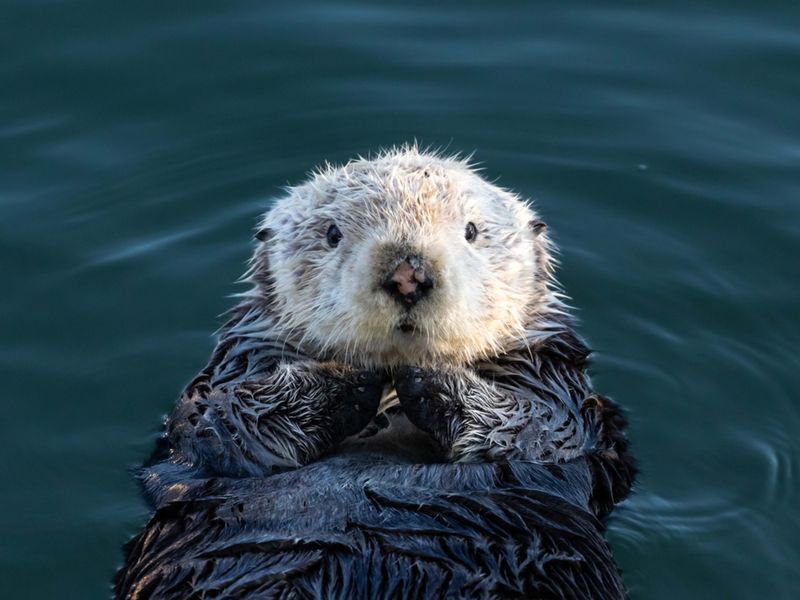
Sea Otters are exemplary single mothers, especially in California’s coastal waters. These marine mammals give birth in the ocean, cradling their pups on their bellies. The mother grooms and secures the pup in kelp beds while hunting for sea urchins and clams. Her constant vigilance ensures the pup’s safety from predators. Grooming is vital, as it keeps the pup buoyant and insulated. This unique reliance on their mothers highlights the Sea Otter’s remarkable parenting. Their nurturing nature and dedication ensure the pup thrives until it’s ready to explore on its own.
Lynx
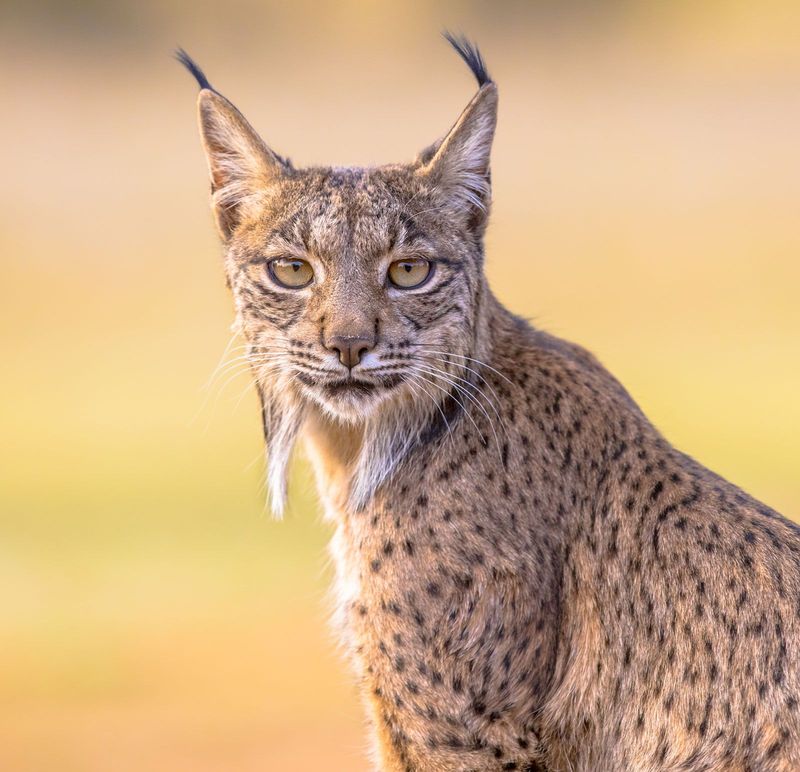
Lynxes are solitary cats found in northern forests. The female lynx raises her kittens alone, providing food and protection. After giving birth in a secluded den, she nurses them with care. Hunting for small mammals, she ensures her kittens are well-fed. As they mature, she teaches them to hunt and survive in the wild. Her patience and skill make her an effective single parent. Despite the challenges of the unforgiving environment, the lynx’s dedication equips her offspring for independence. These elusive cats demonstrate the resilience required for solo parenting.
Koala
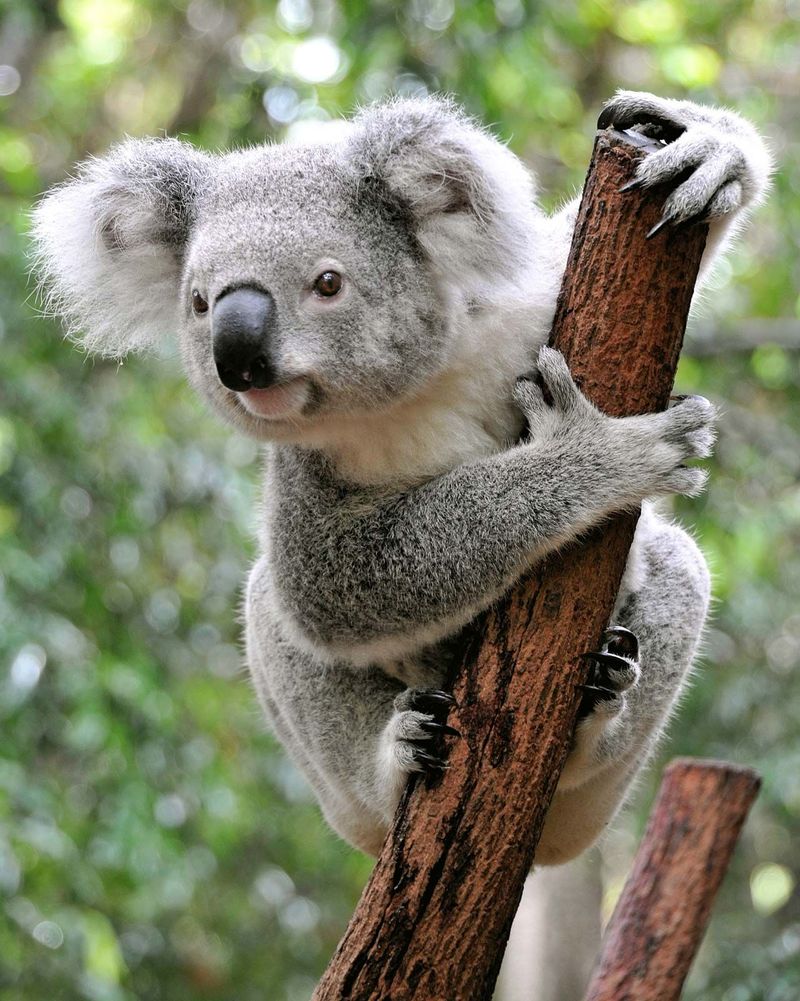
Koalas are iconic marsupials native to Australia. The female koala is solely responsible for raising her joey. After birth, the tiny joey crawls into the mother’s pouch, where it continues to develop. Once mature, it clings to her back as she moves through eucalyptus trees. The mother provides nourishment through her milk, while the joey learns to eat leaves. Her commitment ensures the joey’s survival in the wild. The koala’s nurturing bond with her young exemplifies the tender side of wildlife. Despite habitat challenges, koalas persist, showcasing resilience.
Orangutan
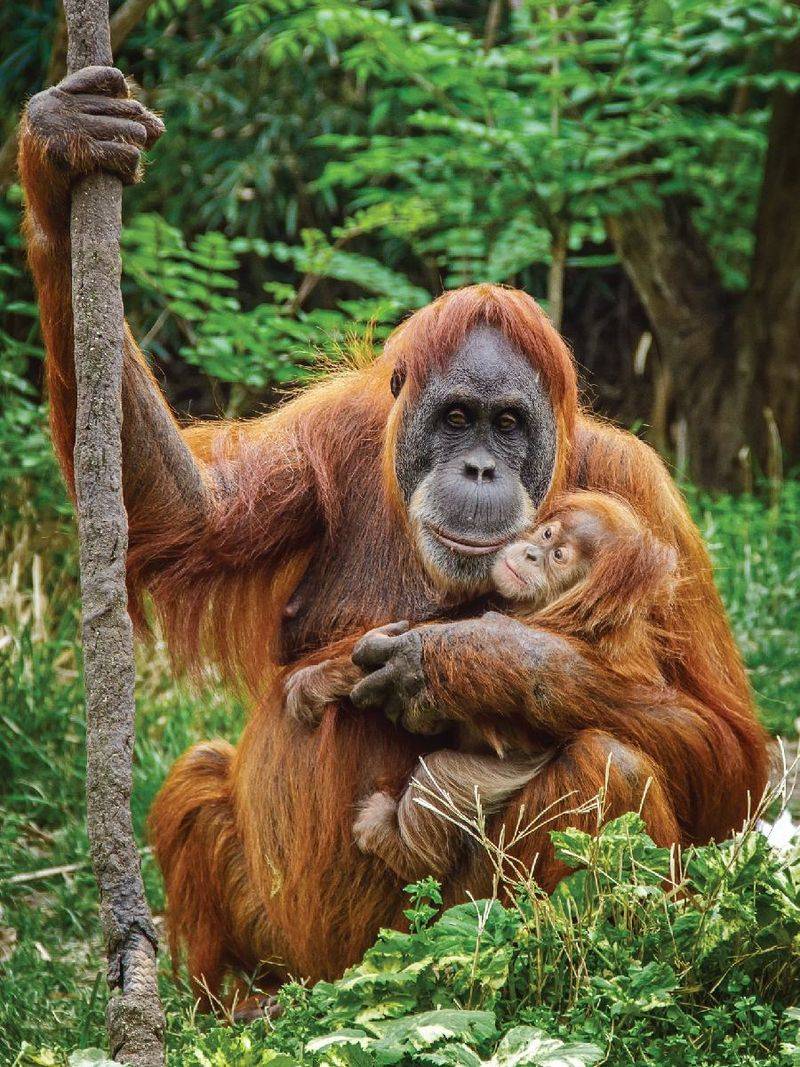
Orangutans are known for their significant maternal investment. These great apes, native to Borneo and Sumatra, have one of the longest mother-infant bonds in the animal kingdom. The mother cares for her young, teaching them to find food and navigate the forest. She nurses her offspring for up to eight years, ensuring they acquire essential survival skills. Her patience and wisdom guide the young orangutan into adulthood. This deep bond exemplifies the dedication required for single parenthood. Through her efforts, the species’ unique knowledge and behaviors are passed down.
Polar Bear
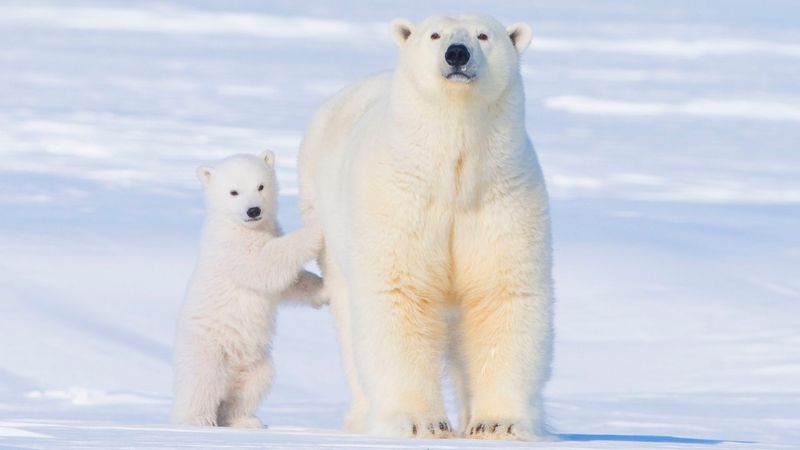
Polar Bears are solitary mothers, raising cubs in the harsh Arctic environment. After hibernating, the female emerges with her cubs, teaching them survival skills. She hunts seals, providing nourishment and protection. Her immense strength and resilience are vital in such a demanding habitat. The mother ensures her cubs learn to navigate ice and hunt. Her dedication equips them for independence. Despite climate challenges, the polar bear’s maternal instincts shine. Through her guidance, the cubs gain the skills needed to thrive in the wild. This commitment is integral to their survival.
Kangaroo
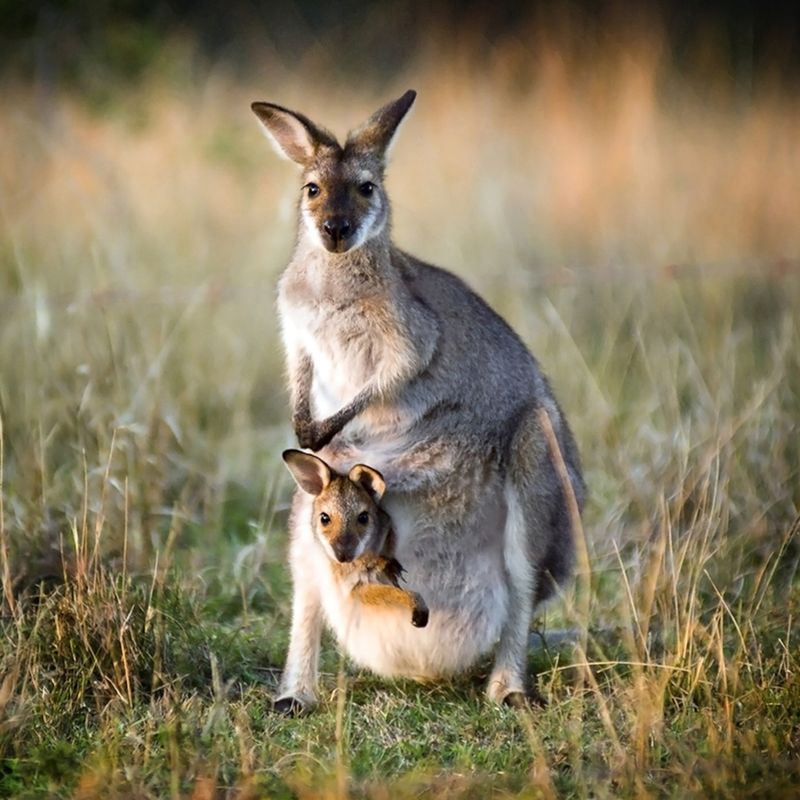
Kangaroos are renowned for their unique parenting method. The female carries her joey in a pouch, providing safety and nourishment. This marsupial, native to Australia, raises her young with care and dedication. The joey spends months in the pouch, developing strength. As it grows, the mother teaches essential skills like foraging and hopping. Her commitment ensures the joey’s survival in the Outback. The kangaroo’s nurturing nature highlights the balance of protection and independence. Through her efforts, the joey matures into a resilient adult, ready to face the challenges of the wild.
Cheetah
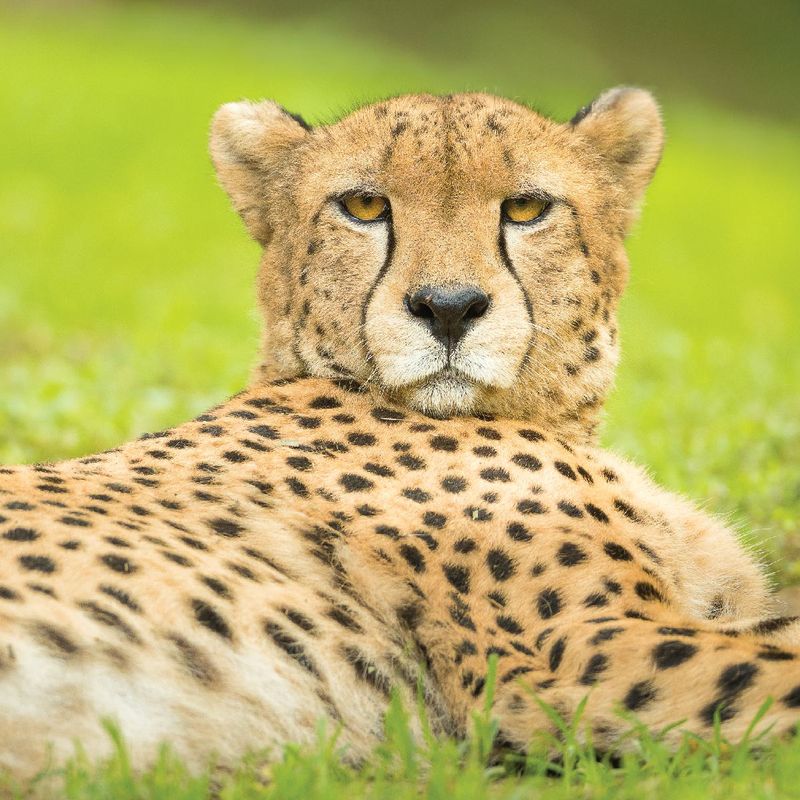
Cheetahs are remarkable single mothers known for their speed and agility. The female cheetah raises her cubs in Africa’s savannahs. After giving birth, she provides protection and teaches hunting skills. Her cubs learn to stalk prey and navigate open plains. The mother’s dedication equips them for survival in a competitive environment. Her speed and vigilance are essential in avoiding predators. By nurturing her young, the cheetah ensures the next generation thrives. Despite the challenges, her commitment to raising cubs alone showcases her strength and resilience. Her efforts are vital for their success in the wild.
Elephant Seal
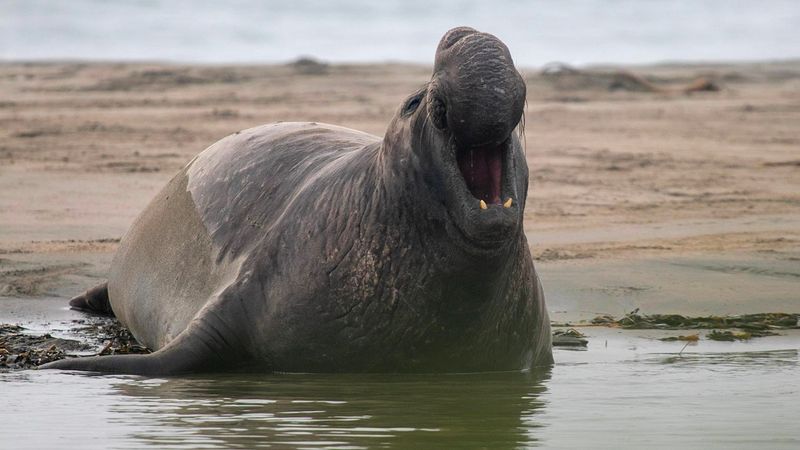
Elephant Seals are notable for their unique breeding habits. The female gives birth on remote beaches, nursing her pup for a brief period. Her milk is rich, allowing the pup to grow quickly. The mother fasts during this time, dedicating her energy to the pup’s growth. This intense period of care ensures the pup’s survival. Once weaned, the pup is independent, showcasing the mother’s dedication. Despite the brief maternal bond, her efforts are crucial. These seals demonstrate the power of focused parenting, where a short but intense period ensures the young thrive in the ocean.
Rhea
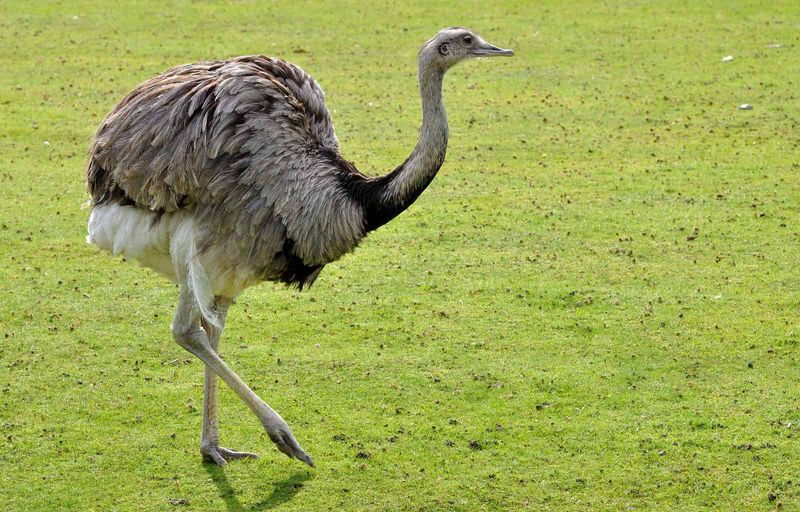
The Rhea, a large flightless bird from South America, presents a unique twist in parenting roles. Unlike many species, it’s the male Rhea that takes on the responsibility of raising the young. After the female lays the eggs, the male incubates them, providing warmth and protection. Upon hatching, he leads the chicks, teaching them to forage and evade predators. His dedication ensures their survival in vast grasslands. This role reversal highlights the adaptability and commitment of the Rhea. Through his efforts, the chicks learn essential skills for thriving in the wild.
Alligator
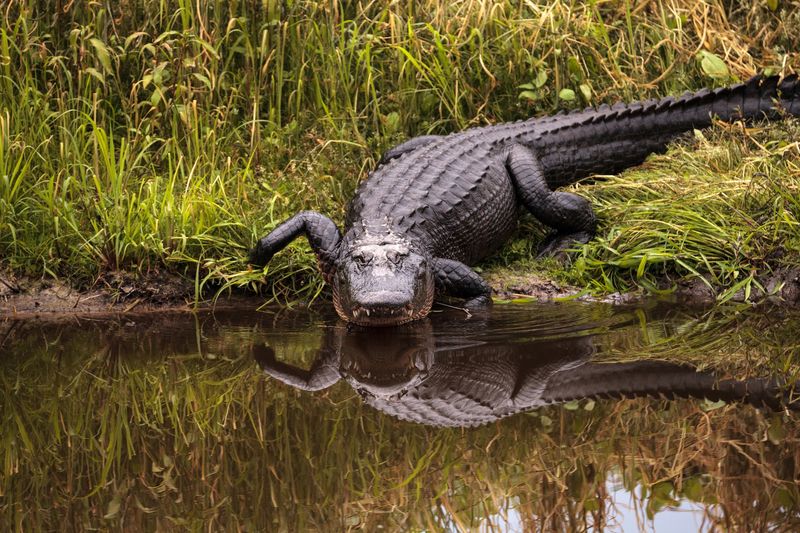
Female Alligators are dedicated mothers, ensuring their young’s safety in swampy habitats. After laying eggs, the mother guards the nest fiercely against predators. Upon hatching, she assists the young, carrying them to water. Her protective nature extends as the hatchlings grow, shielding them from threats. This maternal care is crucial for their survival in the wild. The alligator’s commitment showcases nature’s fierce maternal instincts. Her efforts ensure the hatchlings gain strength and independence. Despite the challenges of their environment, her vigilance equips them for a successful future in the swamp.
Giraffe
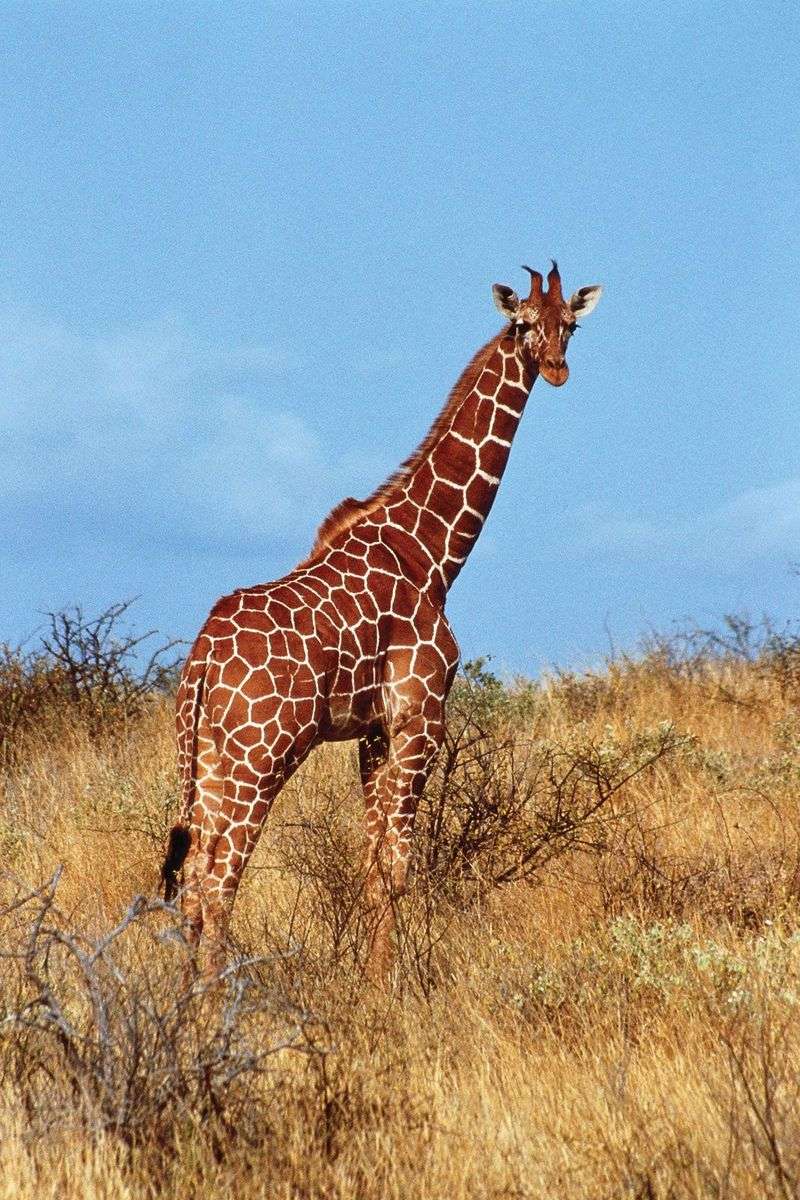
Giraffes are notable for their towering height and gentle nature. The female raises her calf alone, providing care and guidance. In the vast African savannah, the mother teaches her calf to recognize danger and find food. Her vigilance is crucial, as predators lurk nearby. By nurturing the calf, she ensures it grows strong and confident. The giraffe’s dedication to her offspring showcases her resilience and adaptability. Despite the challenges of the wild, her unwavering support equips the calf for independence. This bond highlights the gentle yet fierce nature of giraffe motherhood.
Mongoose
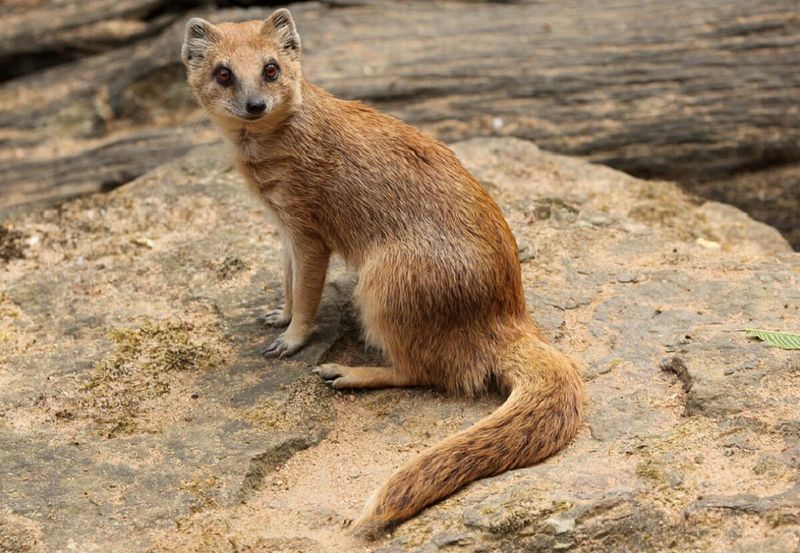
Mongooses are small, agile predators found in Africa and Asia. Female mongooses often raise their pups alone, providing food and protection. After giving birth in a den, the mother ensures her young are safe from predators. She teaches them hunting skills and how to navigate their environment. Her dedication equips the pups for survival. Despite their small size, mongooses are fierce when protecting their family. The mother’s efforts highlight her adaptability and tenacity. Her unwavering commitment ensures the pups mature into capable adults, ready to thrive in their diverse habitats.
Piping Plover
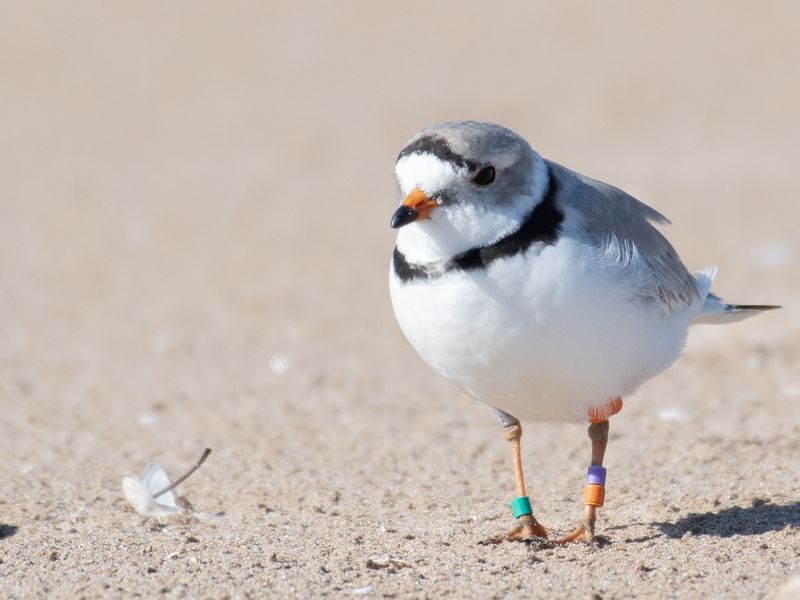
Piping Plovers are small shorebirds known for their distinctive markings. In this species, the male often assumes parental duties. After the female lays eggs, the male incubates them on sandy beaches. Upon hatching, he leads the chicks, teaching them to forage along the shore. His vigilance protects them from predators and harsh weather. This role reversal highlights the adaptability of Piping Plovers. The male’s dedication ensures the chicks gain the skills needed for survival. Despite environmental challenges, his efforts underscore the importance of parental care in nurturing the next generation.
Wolf
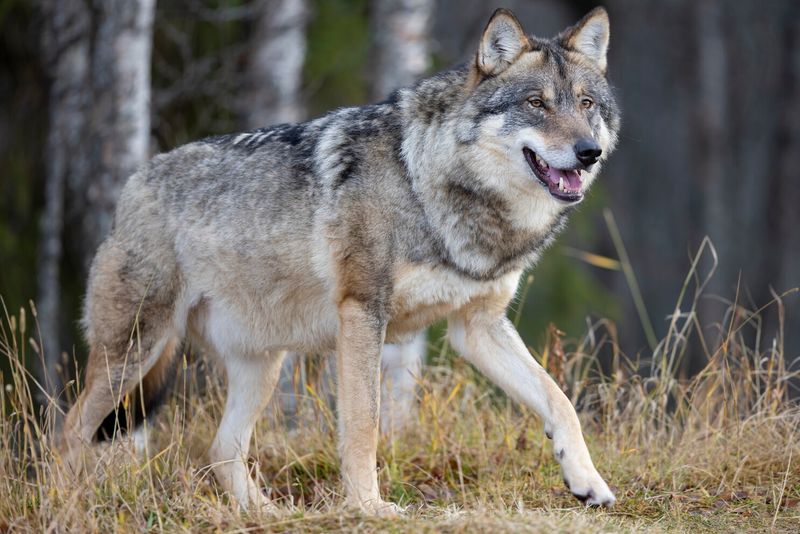
Wolves are known for their strong family bonds. Within the pack, the female wolf is a nurturing figure, often raising pups with assistance. However, if alone, she becomes a dedicated single parent. After giving birth in a den, she provides warmth and protection. As the pups grow, the mother teaches them vital survival skills. Her efforts ensure the pack’s continuity. The wolf’s dedication highlights the importance of maternal care in the wild. Through her guidance, the pups learn to hunt and navigate their environment. Her commitment is crucial for their future success.
Black Bear
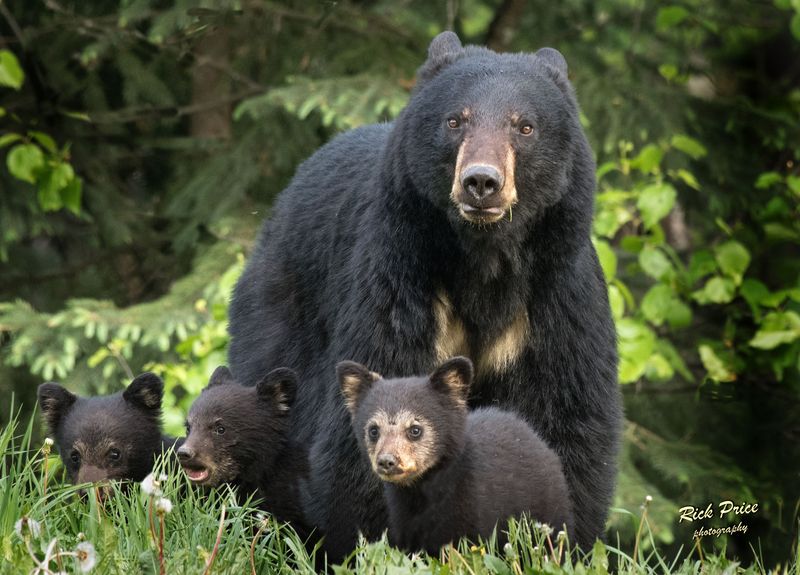
Black Bears are solitary mothers, raising cubs in forested habitats. After hibernating, the female emerges with her young, teaching them survival skills. Her nurturing nature ensures the cubs’ well-being. By foraging and protecting them, she equips them for independence. The mother’s dedication is vital in the wild, where threats abound. Her efforts highlight the resilience required for successful parenting. Through her guidance, the cubs grow strong and adaptable. This bond ensures the next generation thrives. Despite the challenges, the Black Bear’s commitment to her cubs is unwavering and inspiring.
Albatross
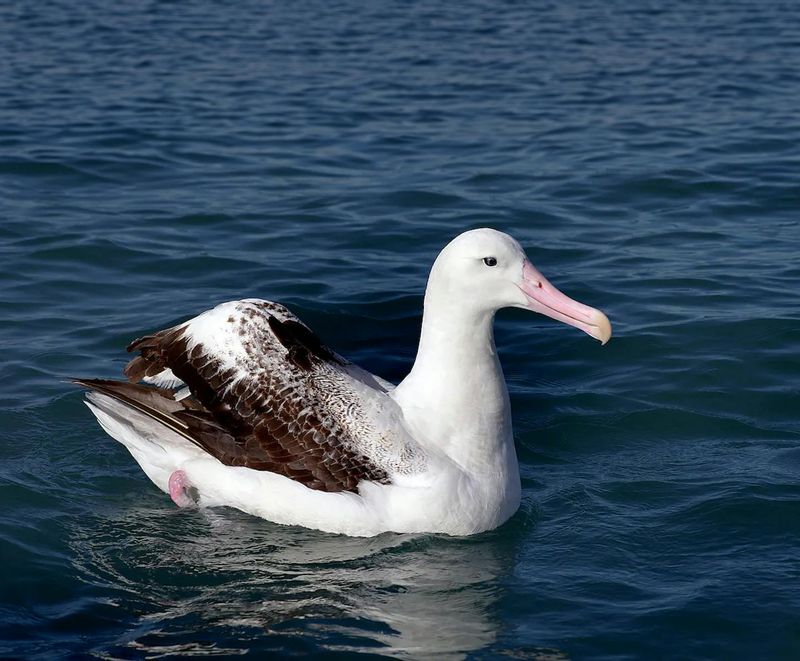
Albatrosses are seabirds known for their long-distance flights. They form strong pair bonds, but often, one parent takes the lead in raising chicks. The parent incubates the egg on isolated cliffs, protecting it from harsh weather and predators. Once the chick hatches, the parent provides nourishment, gathering food from the ocean. Their dedication ensures the chick’s survival in a challenging environment. Despite the vast distances traveled, the Albatross’s commitment to its young is unwavering. This dedication highlights the resilience required in the wild. Through their efforts, the species continues to thrive across oceans.

